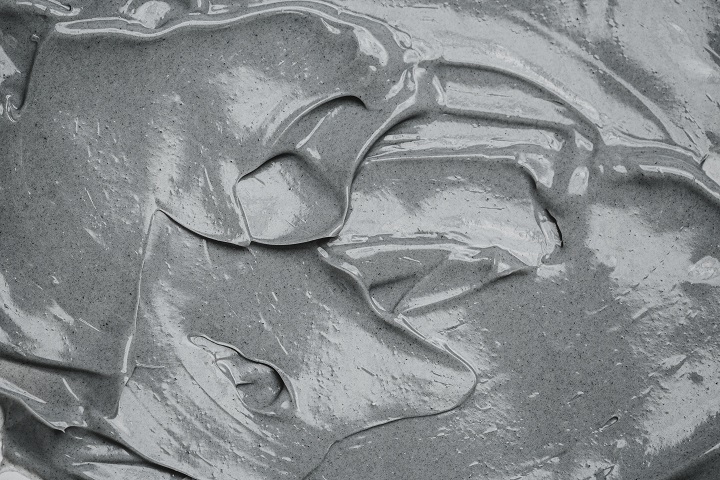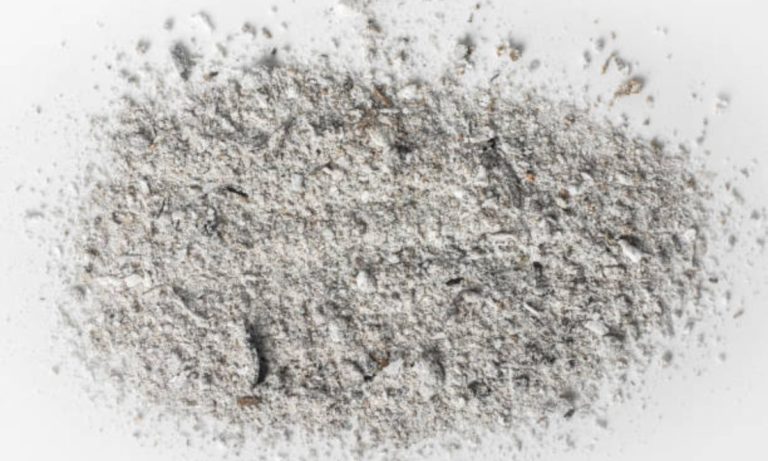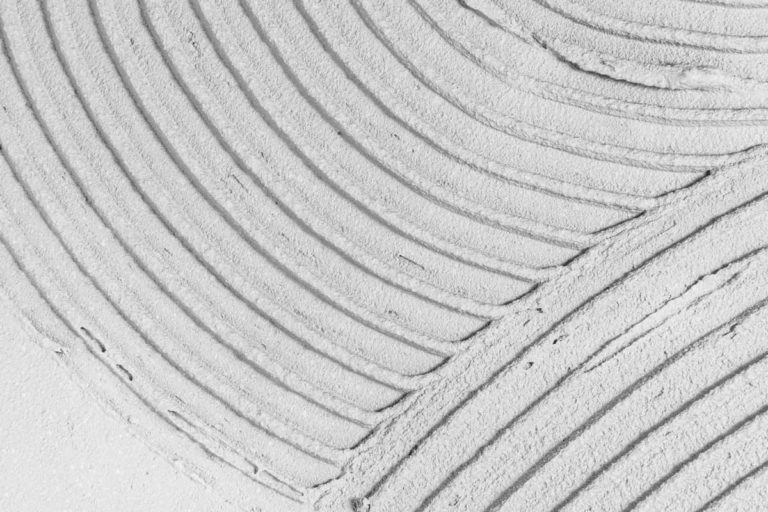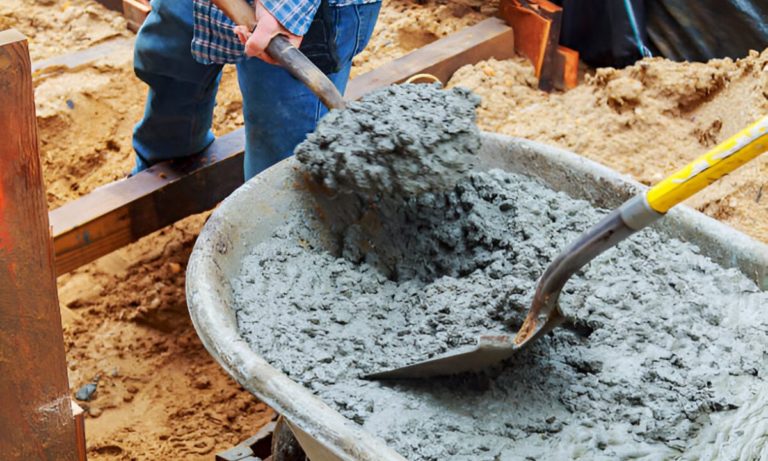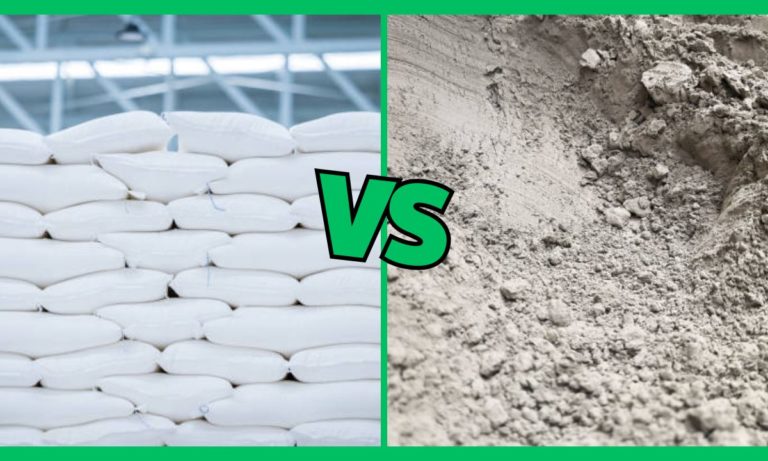What Are Some Different Properties of Cement?
Cement is one of the most consumed materials in the world. It can be purchased almost anywhere. Its usability in construction works makes it a high-demand product globally. Every year, thousands of tons of cement are produced to meet the current demands of the construction industry. Cement is generally used as an adhesive substance in construction work. In simpler terms, it is a binding material used in building and civil engineering construction. It is produced in a finely grained fine form.
Before cement appeared in the construction work in 1824 in the form of Portland Cement, lime and volcanic ash were used as an adhesive in construction. Nowadays, we cannot imagine the existence of any mega structures like bridges or tiny homes without using cement.
Generally, cement is used to make concrete by adding other additional materials, which can provide rigidity and high strength to structures. Best quality cement can provide higher strength to mortar or concrete and help resist moisture and ensure lasting durability to the structure. Hence, it is crucial to identify the properties of cement. Even though cement primarily acts as a binding material, different raw materials in separate ratios can produce cement with distinct properties. These distinct properties of cement make it perfect for specific construction scenarios. Thus, it is beneficial to know how cement properties result in entirely different categories of cement.
Properties of Cement
Properties of cement can be classified into two major categories: cement’s physical properties and chemical properties of cement. These properties differ based on their composition, i.e., raw materials, differences in burning temperature, or grinding process.
Physical Properties of Cement
Cement can have different physical properties based on its composition and preparation method. Distinct physical properties play crucial roles in building specific structures that require particular demands. The cement used in construction must have specific given qualities to provide adequate support to a structure. When these properties lie in a specific range, engineers can become confident in using a specific type of cement in a construction job. The following section discusses a few important physical properties of cement.
Fineness of Cement
Fineness refers to the physical measure of the size of particles of cement. This property can be calculated by sieve analysis, air permeability, or sedimentation. The sieve analysis method measures individual particle size from a sample amount to determine the fineness. In the air permeability test, the fineness of cement is generally measured by a specific surface area.
For a given amount of cement, a higher fineness of cement results in a higher specific cement area. Workers add water to cement to initiate the hardening process of cement. The higher fineness of cement helps increase the rate of hydration in cement. Hence, higher fineness is vital for getting early and better-developing strength in cement.
The fineness of cement is usually printed on the bag of the cement brand you intend to purchase. You can also contact the local cement manufacturer to ask in detail about the fineness of the cement. Greater fineness is achieved through grinding the clinker in the last step of the cement production process. It is essential to be aware of this property of cement as it plays a crucial role in the hydration process, which is directly responsible for cement’s strength gain capability.
Soundness of Cement
Soundness refers to the ability of the cement to retain its volume while hardening. Commonly, the Autoclave Test and Le Chatelier Test are performed to determine the soundness of cement. The soundness of cement is a fundamental property of cement as it can create many problems if cement shrinks or expands after hardening. It can compromise the structure’s integrity. If cement changes in its dimension by a large quantity, it can introduce disintegration and severe cracking. It can be avoided by limiting the magnesium content to less than 0.5%, fine grinding, aerating cement for several days, and thoroughly mixing all components. Good quality cement retains its volume after setting without delayed shrinkage or expansion. Delayed expansion is usually caused by excessive lime and magnesia in cement components.
Source: Civil Today
Consistency of Cement
Consistency of cement refers to the ability of cement paste, which is cement mixed with water, to flow under average conditions. Dry mortar is the mixture of cement and sand, and concrete is the mixture of cement, sand, and aggregates. Dry mortar and concrete need an ideal water ratio to come into a workable condition. Cement needs to show an ideal consistency to prepare good quality cement paste. Vicat Test is performed to identify the consistency of cement. A sample amount of cement is taken in the Vicat Apparatus during the Vicat Test. The plunger of the apparatus touches the top surface of the cement. It starts penetrating the cement paste up to a certain depth which is solely dependent on the consistency of the cement. The cement is said to have a normal consistency if the plunger penetrates around 9 – 11mm.
Strength of Cement
Cement starts its hardening process as soon as it comes into contact with water. It achieves cohesion and gets strength after solidifying when mixed with water. Mostly, it is the cement that gives strength to mortar and concrete. Depending on the strength of cement, engineers plan to build megastructures. So, it is imperative to know the maximum strength of a type of cement before making a purchasing decision.
The compressive strength of cement usually denotes the strength of cement. However, there are two more cement strength types known as tensile and flexural. The strength of cement is the most important property of cement. Manufacturers of cement go through rigorous testing methods to determine the compressive strength of cement. Various factors like water-cement ratio, cement-fine aggregate ratio, curing conditions, size and shape of a specimen, the manner of molding and mixing, loading conditions, and age affect the strength of cement. Ordinary Portland Cement and Portland Pozzolana Cement are the most common varieties of cement used for construction purposes. Usually, grades like 33/43/53 are mentioned in the cement bags, which signify their strength. For instance, 43 grade OPC cement means that the 28-days compressive strength of the cement-mortar cubes prepared out of that cement in a usual manner will be 43 Megapascals or MPa. It is important to note that cement does not instantly gain the maximum advertised strength as mentioned on its bag. The strength gain process of cement continues for years. However, you are to expect the advertised strength after setting a time of 28 days. The strength gain is a gradual process. For instance, PPC cement of 33 grade gains 16 MPa at three days, 22 MPa at seven days, and 33 MPa at 28 days of curing after casting.
Different strength is required for different construction needs. Foundation works usually require higher strength of cement, and plastering work requires lower strength. Contrary to common understanding, higher strength is not always better for all construction purposes. It can increase unnecessary costs and introduce difficulties in many situations. So, it is essential to understand cement’s different properties to use them in inappropriate situations.
Setting Time of Cement
Cement sets and hardens after coming into contact with water. The setting time of cement varies depending on multiple factors. The fineness of cement, cement-water ratio, chemical contents, and admixtures can impact the setting time of cement. Workers must be well acquainted with the setting time of cement to work efficiently and effectively. The setting time of cement is divided into two categories: the initial setting time and the second is the final setting time. Good quality cement should have a set time neither too rapid nor too low. The initial setting time should be delayed, and the final setting time should not be too high. The initial setting must be delayed; otherwise, there will not be enough time to transport and place the concrete before it becomes too rigid. Workers will not be able to work appropriately. On the other hand, the final setting time should not be delayed as it can slow up the work unduly. Furthermore, it might postpone the actual use of the structure because of insufficient strength at the desired age.
The initial setting time of cement is usually between 30 – 45 minutes. It is when the cement paste begins to stiffen noticeably. So, after preparing the cement mixture, it should be applied within the initial setting time of cement. Otherwise, the cement paste will lose its plasticity and will no longer be usable.
The final setting time of cement is usually under 10 hours. It is when the cement hardens and can sustain some load. The cement paste completely loses its plasticity after the final setting time. The cement paste attains the shape of the mold in which it is cast after this period. Knowing the final setting time is vital because it facilitates the safe removal of scaffolding or form.
Heat of Hydration
Water is an essential component in any construction work. Water is mixed with cement to start the hardening process. The reaction between water and cement generates heat. This process of generation of heat is labeled as the heat of hydration. It is an essential property of cement to note as the generation of heat can impact the quality of work. It is crucial in mass concrete work, especially in hot climates like Bangladesh.
Heat can affect cement quality and how the structure retains its shape. The heat is beneficial in colder regions by maintaining a suitable curing temperature. On the other hand, if the heat generation is high, mainly in large structures, it may cause undesired stress. Other properties of cement-like fineness, chemical composition, and water-cement ratio can alter the heat of hydration. For Ordinary Portland Cement, the heat of hydration is about 120 calories/gram or 500 joules/gram. Around 50% of the total heat is released between the first three days, around 75% in a week, and around 85% – 91% in the first six months.
Workers should be careful about this property of cement in mass concrete works. When concrete is a poor conductor of heat, it acts as an insulator. The heat of hydration liberates a lot of heat in the interior of mass concrete. On the other hand, the exterior mass concrete loses heat. It creates a steep temperature gradient. Subsequent cooling results in microcracking of the interior part and leads to a loss in durability and rigidity of the whole structure.
Loss of Ignition
Heating cement at 900 – 1000 degrees Celsius causes weight loss. This loss of weight upon heating cement is calculated as loss of ignition. Without proper storage and handling of cement, guidelines can introduce impurities in the cement, leading to pre-hydration and carbonation, both of which might be indicated by the increased loss of ignition. Pre-hydration of cement can severely affect cement quality and reduce its strength. It also negatively impacts the setting time of cement.
Bulk Density
Bulk density refers to the volume taken up by the cement and also the volume of trapped air between the particles. Generally, cement has around 1000 – 1440 kg/m3. However, the trapped air is usually displaced when water is mixed with cement. Because of this reason, bulk density is not an essential factor to consider.
Specific Gravity
Specific gravity is the ratio between the weight of a given volume of a specific material to the weight of an equal volume of water. Portland Cement has a specific gravity of value around 3.15. The value can change depending on the chemical composition of cement. For instance, Portland-blast-furnace-slag and PPC may have a specific gravity of about 2.90.
Chemical Properties of Cement
Cement is the composition of various raw materials like lime, silica, alumina, iron oxide, etc. During the manufacturing process, all-composite raw materials interact in the kiln and make a complex compound known as cement. A good proportion of raw materials will ensure the cement is good in quality. Structures built to last a lifetime must use cement from manufacturers who incorporate the international standards. Structures fail to perform when poor quality cement is used. The following list contains valuable information on the various chemical elements found in Portland Cement.
- Tricalcium aluminate (C3A)
This compound helps to develop strength in the first few days. It is responsible for the hydration process of cement.
- Tricalcium silicate (C2S)
This compound helps cement harden rapidly and is also responsible for the initial set and early strength.
- Dicalcium Silicate (C2S)
This compound helps reduce the hardening process and is also responsible for increasing strength after a week of age.
- Ferrite (C4AF)
It is a fluxing agent. It helps to reduce the melting temperature of the raw materials in the kiln, which helps in the manufacturing process.
- Magnesia (MgO)
Portland cement has magnesia as a raw material in dry processing plants. An excess amount of magnesia is harmful to cement quality as it can make the cement unsound and expansive. However, a standard amount of magnesia can help the cement gain strength. All cement is limited to a content of a maximum of 6% magnesia.
- Iron oxide/ Ferric oxide
This material adds strength and hardness to cement. It is also responsible for the color of the cement.
- Alkalis
Potassium oxide and sodium oxide determine the alkali content of the cement. An excess amount of alkali materials can negatively impact the setting time of cement. On the other hand, low alkali cement can cause discoloration. So, appropriate ratios should be maintained to get standard properties of cement.
- Alumina
Alumina helps to withstand frigid temperatures since it has chemical-resistant properties. It can help reduce the setting time but weaken the strength of cement.
- Silica fumes
It is added to cement to improve the overall quality of the cement. It can raise compressive strength, abrasion resistance, and bond strength. However, an excess amount of silica fumes can prolong the setting time of cement. But it adds remarkably high strength capabilities to cement. Portland cement is usually high in strength and contains 5 – 20% silica fumes to facilitate that feature.
The following chart contains the usual composition limits of Portland Cement:
| Serial No. | Oxide | Composition in Percentage |
| 1 | Lime | 60 – 67 |
| 2 | Silica | 17 – 25 |
| 3 | Alumina | 3 – 8 |
| 4 | Iron Oxide | 0.5 – 6.0 |
| 5 | Sulfur Trioxide | 1 – 3 |
| 6 | Magnesia | 0.1 – 4.0 |
| 7 | Alkalis | 0.3 – 1.2 |
| 8 | Insoluble Residue | 0.5 |
Source: The Constructor
Summary
Cement is considered one of the greatest inventions in the construction industry. It has made our work much more accessible while facilitating the building of megastructures. There are different types of cement used in construction. The categories are divided based on the properties of cement. So, it is crucial to know how different properties of cement impact the quality and effectiveness of cement. Some properties are beneficial in some cases and others might not suit your requirements. You should carefully check the cement quality before making any purchasing decisions.
Frequently Asked Questions (FAQs)
What are the main properties of cement?
Ans: Properties of cement are divided into Physical and Chemical properties.
What can affect the properties of cement?
Ans: Internal and external factors can affect the properties of cement.
What is the most important property of cement?
Ans: Compressive strength is the most important property of cement.
What are some external factors that can impact the properties of cement?
Ans: External factors like weather, temperature, humidity, and pollutants can impact the properties of cement.
How to store cement properly to maintain its properties of cement?
Ans: You can follow storage and handling of cement and aggregates guidelines to maintain the properties of cement.

